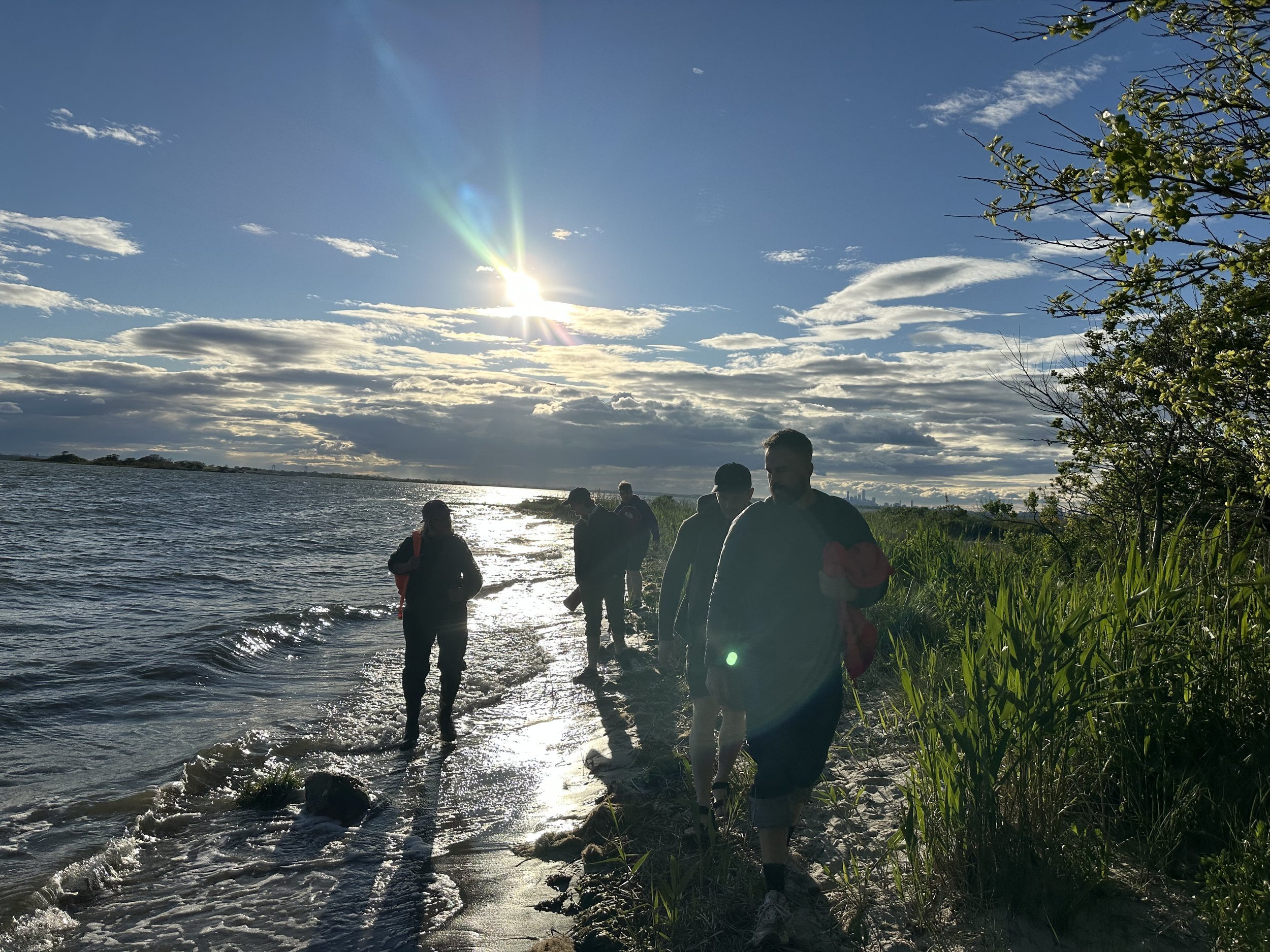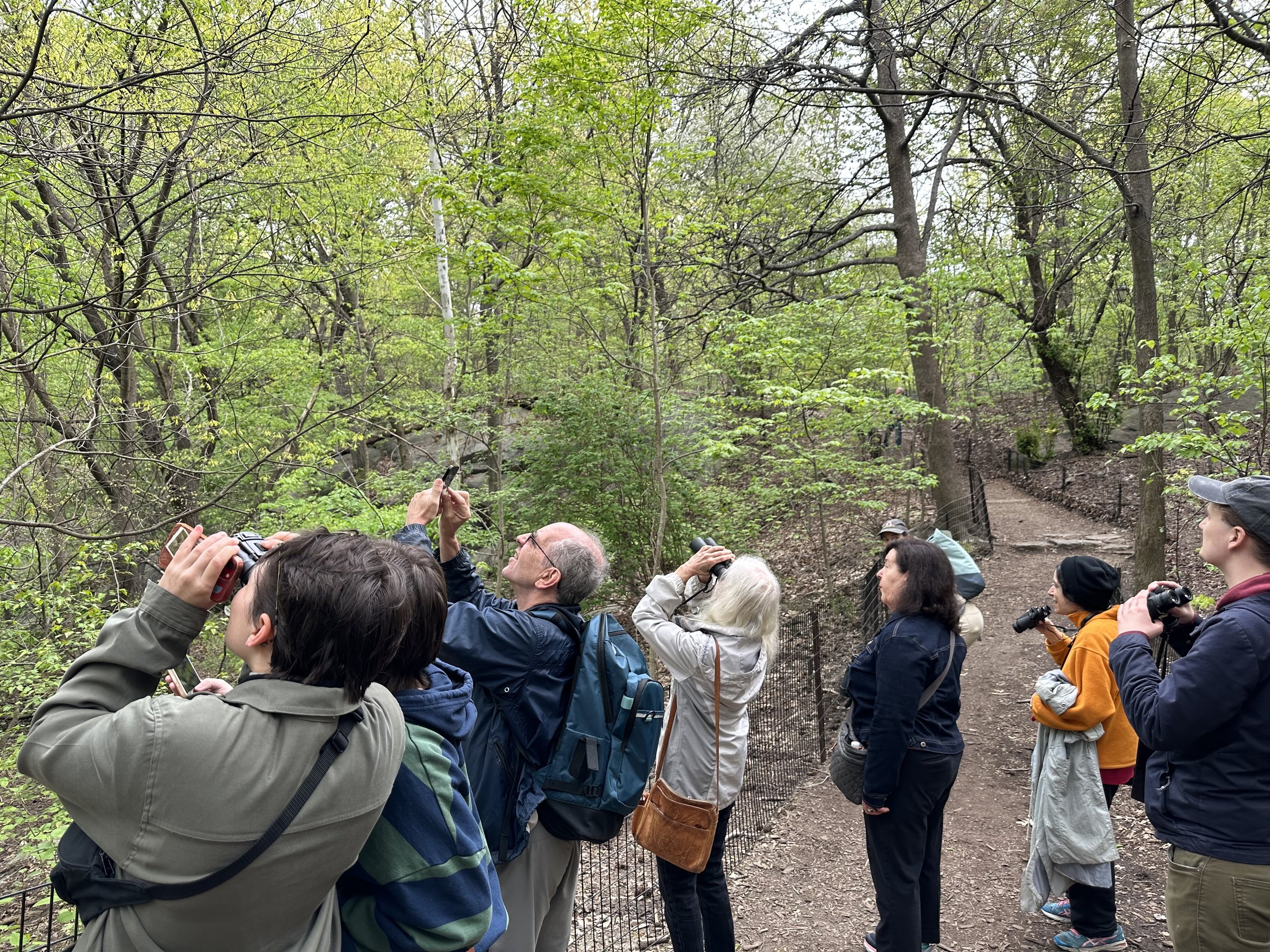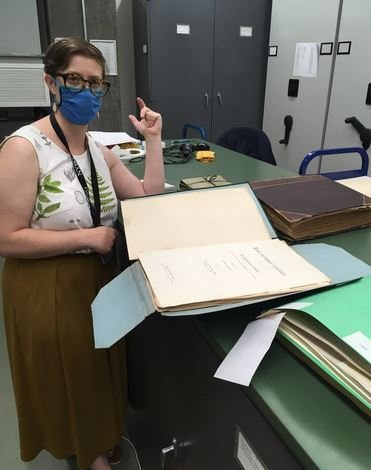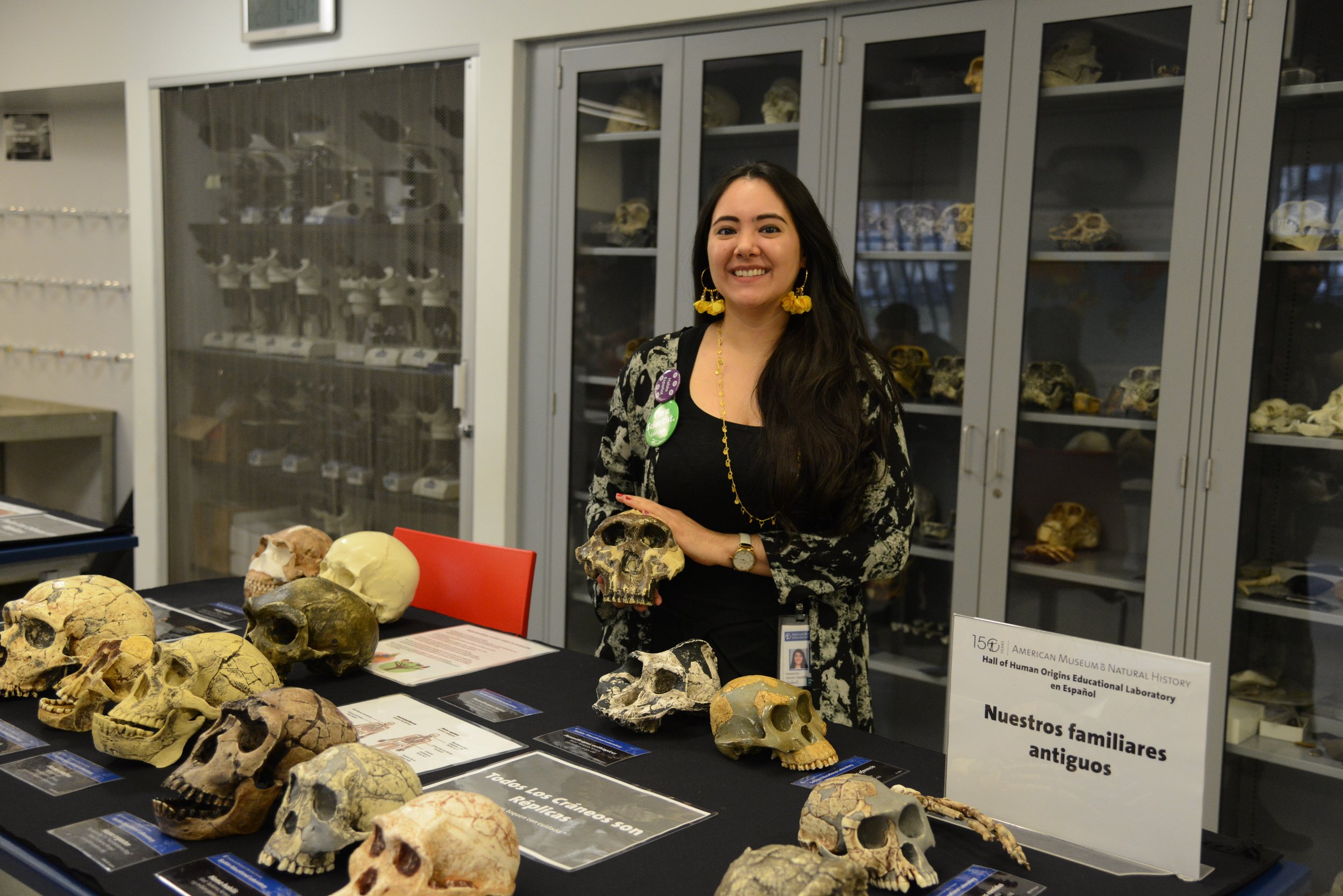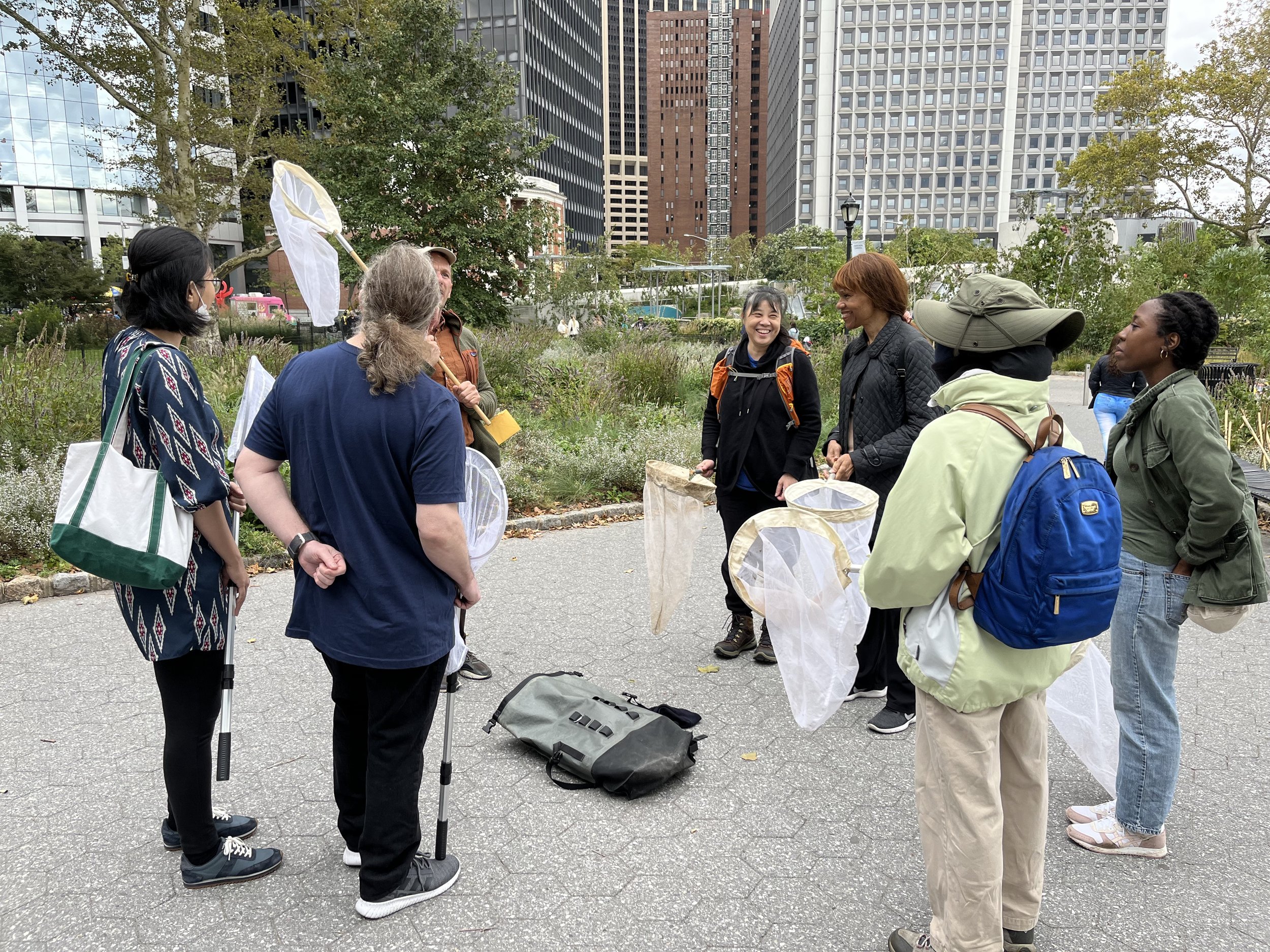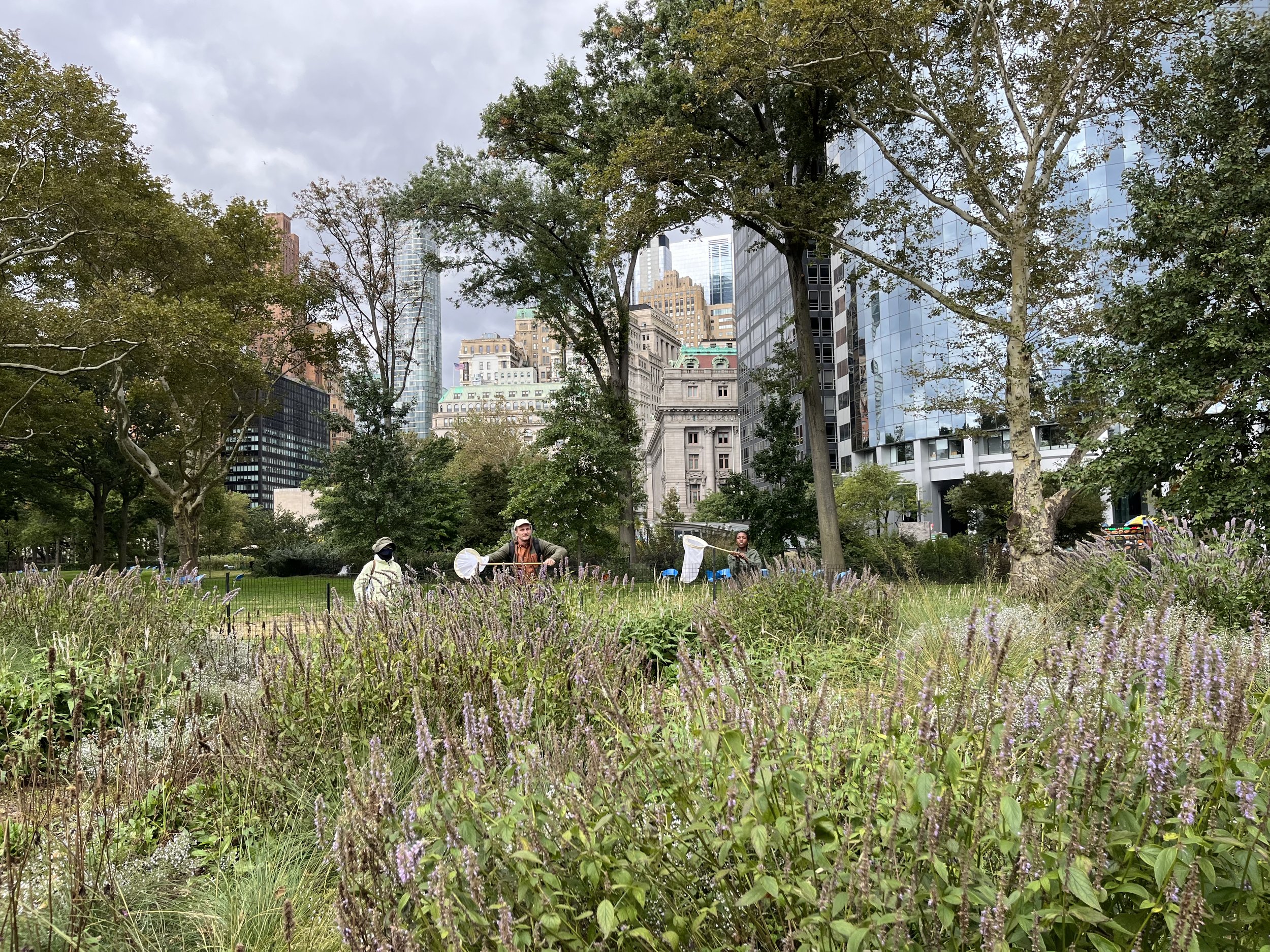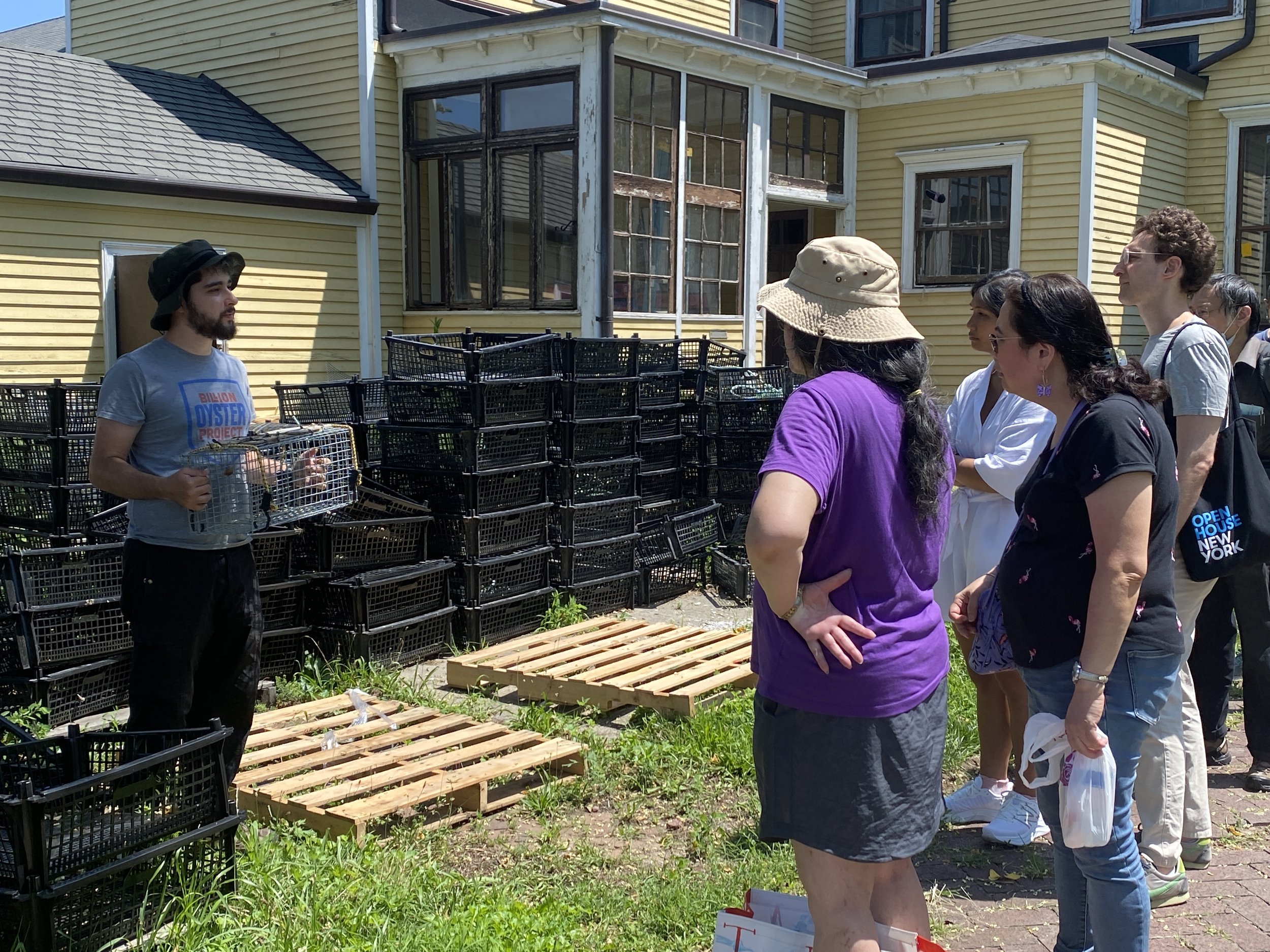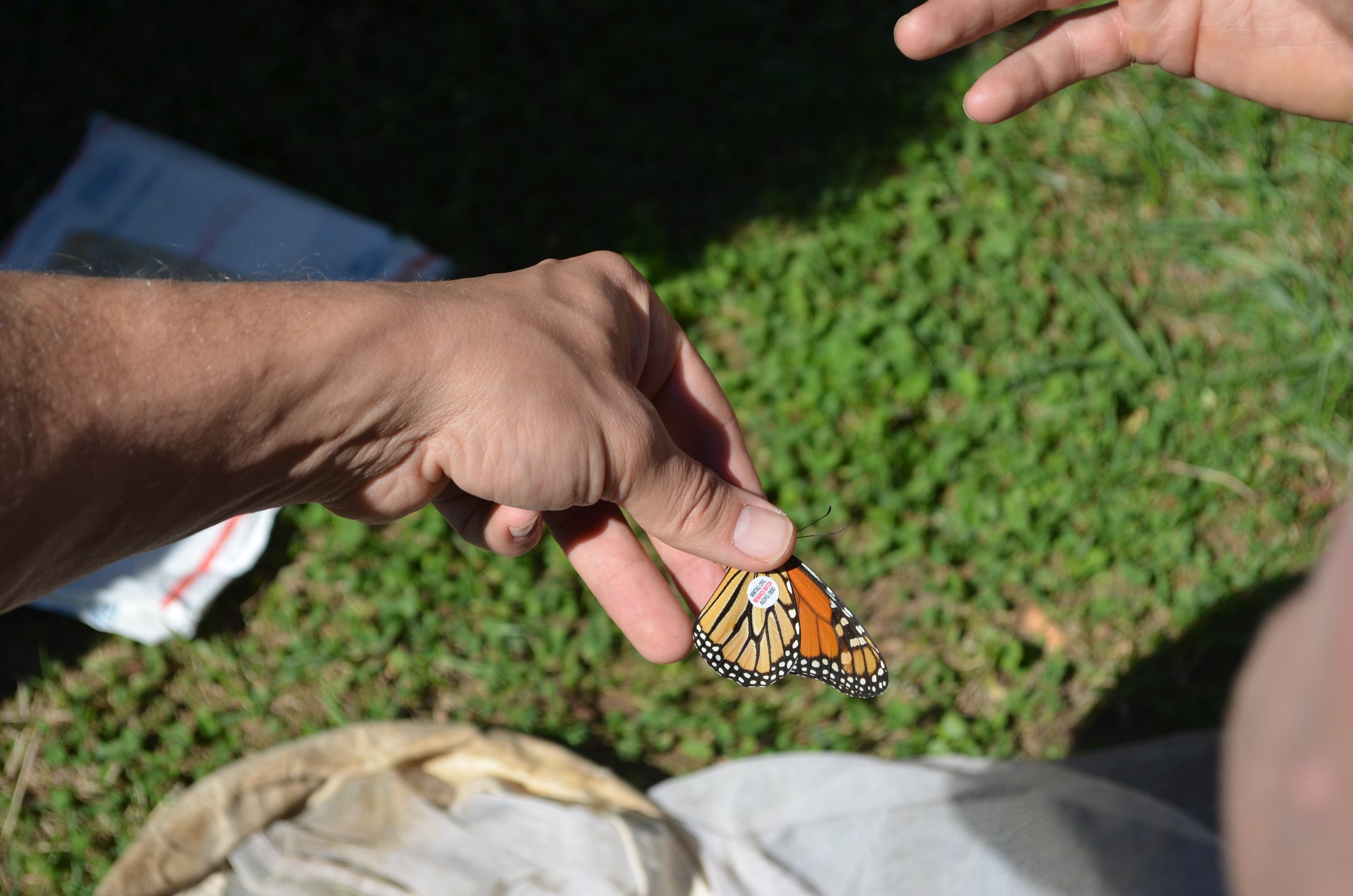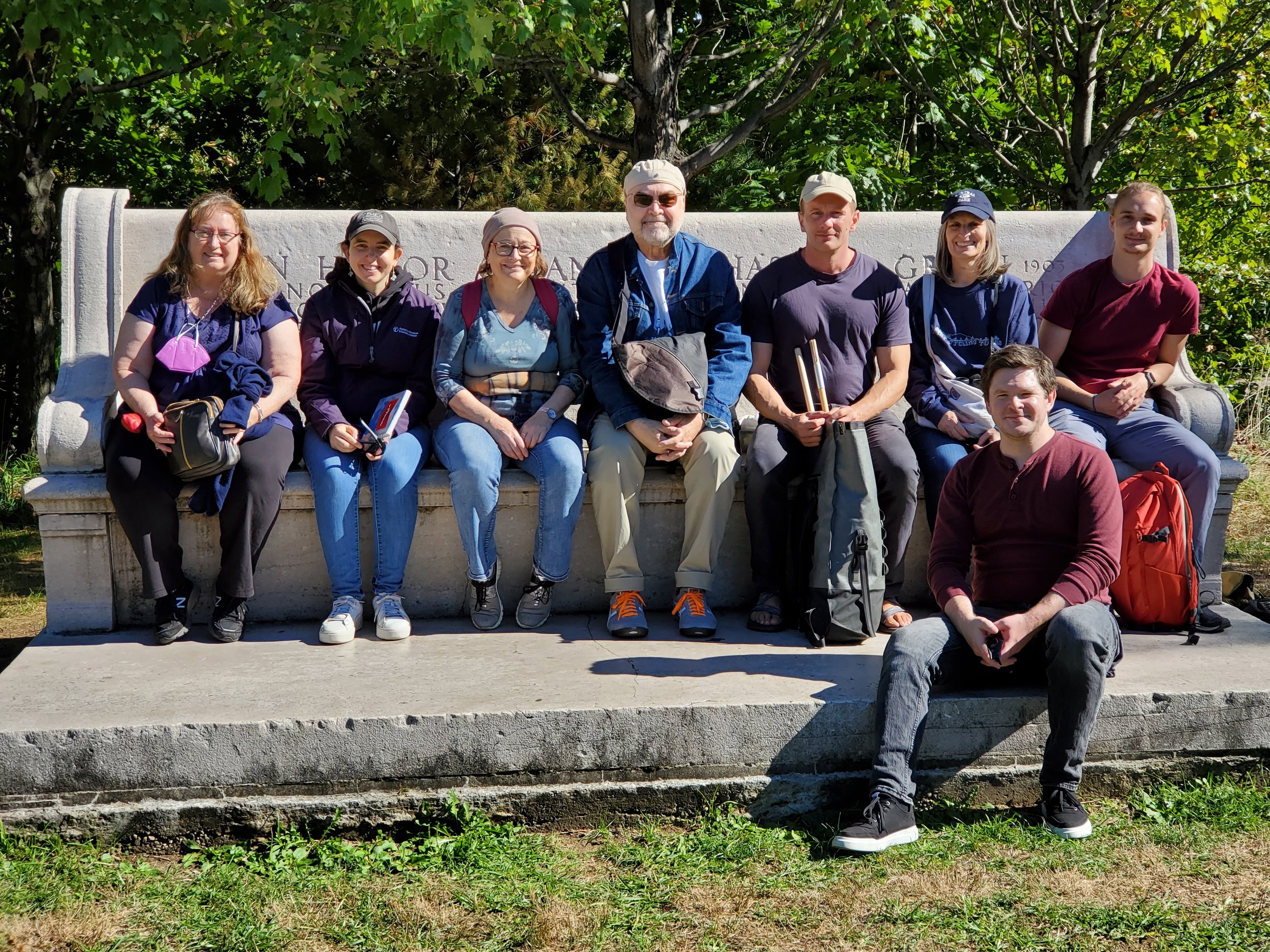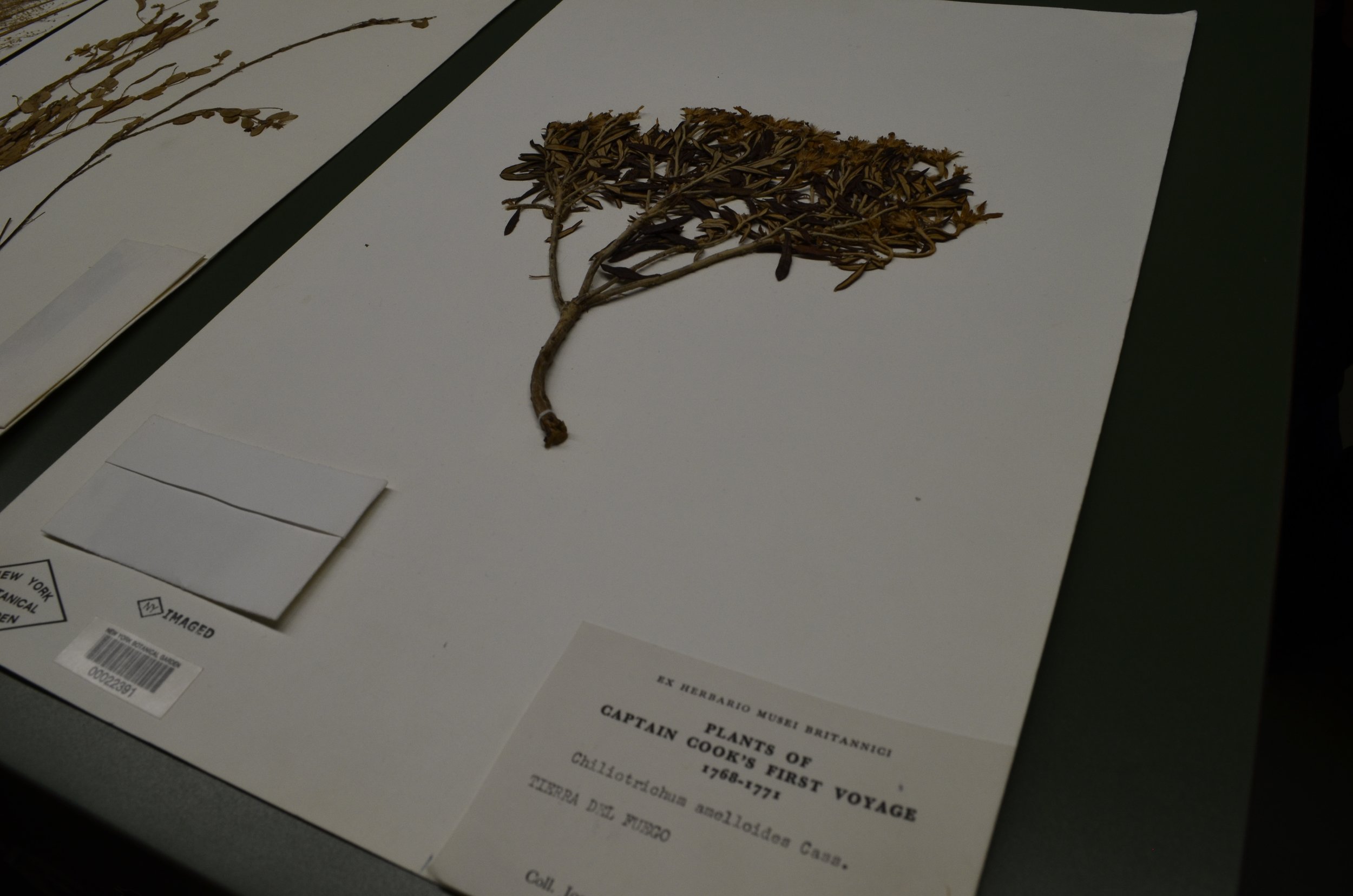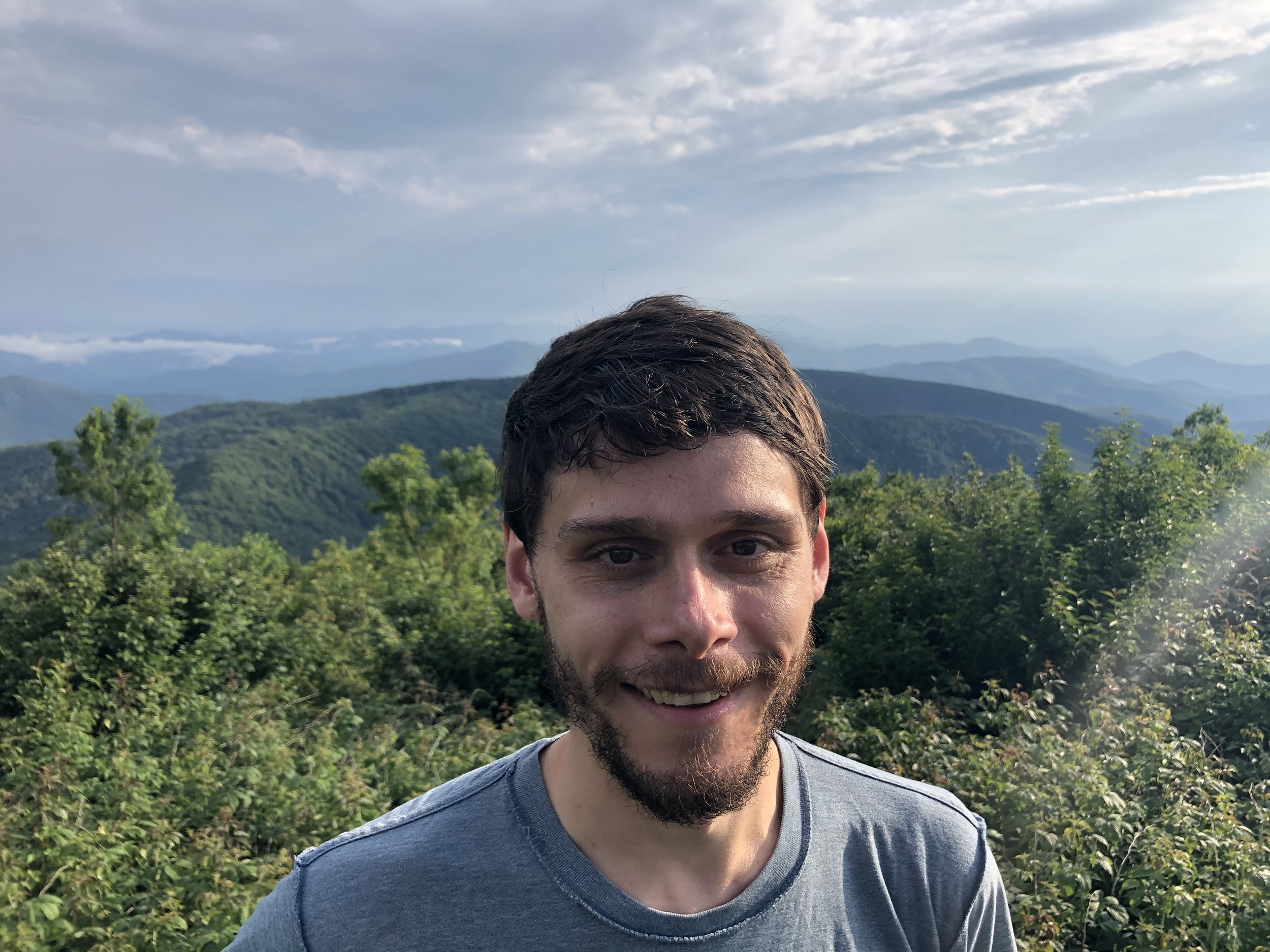On Saturday, May 24th, members of the MSNH and NYC Bird Alliance, joined together on the shores of Jamaica Bay to witness one of the most extraordinary natural events that NYC has to offer – the breeding of Limulus polyphemus, the Atlantic Horseshoe Crab. Each year, horseshoe crabs – an ancient animal that has been around longer than dinosaurs and has survived five mass extinction events – come to the western Atlantic along the North American coastline to breed. However, because of pollution, habitat loss and overharvesting, their populations are jeopardized. NYC Bird Alliance, in collaboration with Cornell Cooperative Extension of Suffolk County and the New York State Department of Environmental Conservation, annually monitors horseshoe crab breeding to assess population stability, and we joined them again this year in their survey.
The evening began by first taking temperature samples. The group was divided into two teams and each was responsible for performing quadrant sampling along a 100-m transect on the beach. The evening was off to a slow start with both groups unable to find any horseshoe crabs. But, just as almost all hope was lost and everyone prepared themselves for a disappointing evening, a participant spotted a horseshoe crab and everyone was overjoyed! As we worked away towards the end of the 100-m transect and the tide receded, more and more horseshoe crabs began to appear. This allowed participants to tag free-swimming males and females for mark-and-recapture sampling so that scientists can the travels of these magnificent organisms.
A special thank you to veteran coordinator, Dottie Werkmeister for leading the event, and also to Katherine Chen and Ann Seligman from NYC Audubon for organizing!
To view more photos from this event, please visit our gallery. All photo credit for this event goes to Stephanie Loria.
Horseshoe crabs despite their name and superficial resemblance, are not crabs. They actually belong to their own class Xiphosura in Chelicerata, an arthropod group that also includes the classes Arachnida (spiders, scorpions, ticks, etc), Eurypterida (the extinct sea scorpions and also MSNH's mascot), and Pycnogonida (sea spiders). Worldwide only four extant species of horseshoe crabs still exist and all species except the Atlantic horseshoe crab, Limulus polyphemus, are found in the Indo-Pacific Ocean. Horseshoe crabs have an excellent fossil record and were once much more diverse than they are today. The earliest fossils date to roughly 445 million years ago, long before the dinosaurs appeared! Despite their remarkable old age, horseshoe crabs have changed little morphologically since their first appearance and are therefore often referred to as 'living fossils' in the scientific literature.


